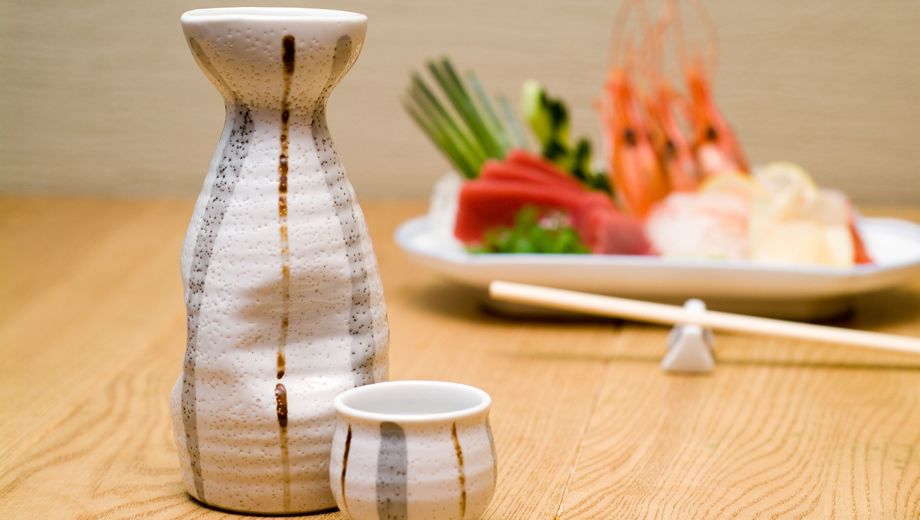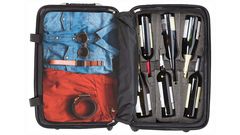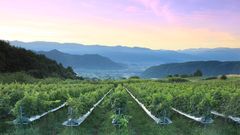Almost every business traveller who visits Japan will end up sampling sake. It's part of the experience of Japan, and especially of socialising with Japanese colleagues and clients.
Want to impress your hosts? Start by dropping the fact that Australia is now the second fastest growing export market for Japanese sake globally.
Of course, you should also know a little more about sake and how to drink it in company.
Firstly, the quality of sake is largely dictated by how much the rice is milled or 'polished' prior to brewing. 'Ginjo'-grade sakes are those that have been highly polished, such that 60 per cent or less of the grain remains.
Ginjo sakes tend to be leaner, fruitier and more elegant than those in the lower grades, and in general they are served chilled – rather at room temperature or warmed – so that their flavours and aroma can be enjoyed to the fullest.
However, some ginjo sakes which are richer and earthier in style, and therefore has more in common with the lower grades of sake, is more likely to benefit from warming. This is largely down to personal preference, however. So trust your own palate and experiment!
Sake is traditionally poured from a small flask (tokkuri) into either a flat saucer-like cup (sakazuki), a small cylindrical cup (ochoko) or a wooden box cup (masu).
But while these vessels add much to the ritual of sake drinking, they do nothing to showcase its aromas and flavours – which is why you may encounter dedicated sake glassware.
To drink sake, hold the cup close to your mouth and, as you would with wine, gently take in its aroma. Take a small sip and let it sit in your mouth before swallowing so you can appreciate its unique taste.
If your host offers to fill or refill your cup – and they will, over and over again! – lift your cup off the table, holding it with one hand and supporting it with the other, and extend it slightly towards your host.
If the tokkuri is near you, consider pouring for everybody at your table – hold the tokkuri is with two hands when pouring.
There are around 1200 sake breweries currently active in Japan, with some sake being produced in every one of the country's 47 prefectures. There is quality to be found in most of them, but here are a few particular regions worth noting.
Nada: a district of Kobe City in Hyogo Prefecture, Nada is home to most of Japan's largest sake brewers and it is responsible for one third of sake production overall. The hard water in the area well suited to brewing and results in a drier, more 'masculine' style.
Fushimi: part of the city of Kyoto, Fushimi is the second largest sake producing region. Its water is also well suited to brewing but medium hard in composition, resulting in sake that is softer and more elegant in style – a nice counterpoint to the Nada sake style.
Niigata: as a major area for rice production, Niigata naturally produces high quality sake rice. It has a strong brewing tradition that continues today in 97 breweries, with output that is renowned for its pristine, dry and clean character.
Fukushima: the region's agricultural products have been subject to incredibly stringent controls since the 2011 nuclear disaster. Fukushima sake is not only safe to drink, the region's expert brewers have dominated the Annual Japan Sake Awards, six years in a row.
Shimane: located near the south-western tip of Japan’s main island of Honshu, Shimane claims to be the birthplace of sake, with ancient texts linking it to the region as early as 712AD. Thirty one breweries continue the tradition today, with a strong reputation for quality sake.







Hi Guest, join in the discussion on The business traveller’s guide to sake